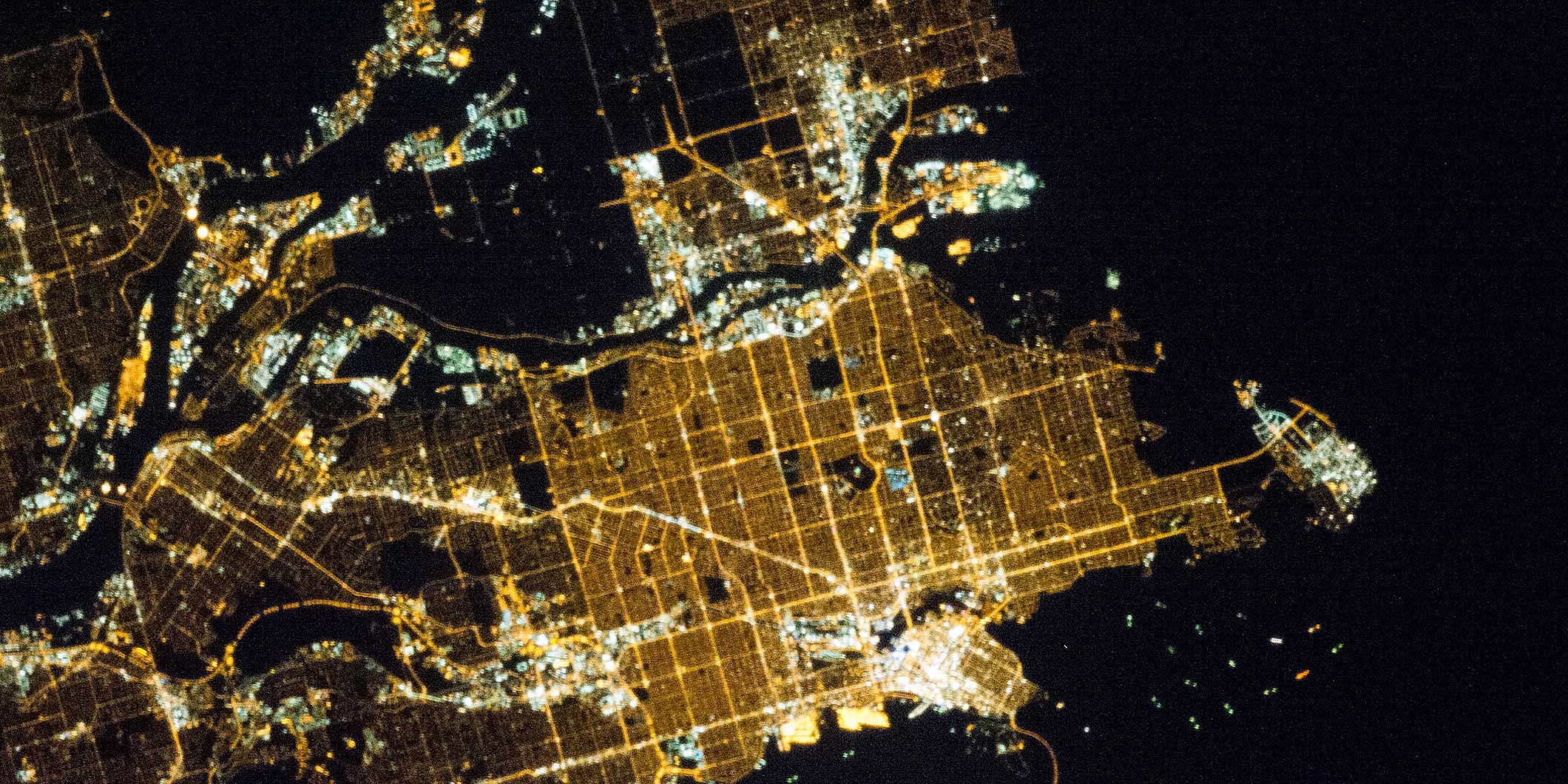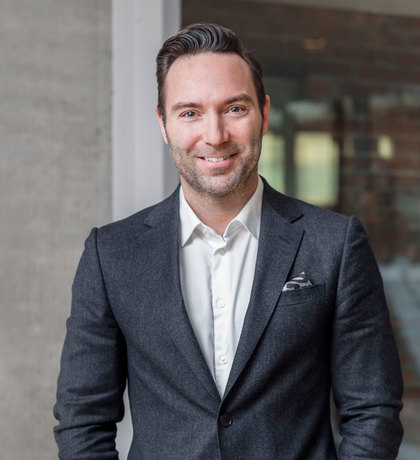Vancouver, to the world beyond the burgeoning boundaries of the Lower Mainland, may appear to include all that is technically classified as “Greater Vancouver” on the map. By that definition, Vancouver includes everything around and blended into its borders, including North and West Vancouver, Burnaby, New Westminster and the Tri-Cities area, the southern suburbs of Richmond, Delta, Tsawassen and Ladner, and even stretches all the way out past Surrey and Whiterock to include everything as far as Maple Ridge and Langley. But to those who live and work within the area know that “Vancouver” to Vancouverites means the Metro area, strictly and perhaps snobbishly limited to the downtown, Westside out to UBC and East Van as far as the Burnaby border.
In Vancouver, where the scramble to find property for living and investing is an increasingly costly and an ever-shifting goal, the perception that anything outside of the sought-after Metro area is somehow settling doesn’t help. For many buyers, their first home may be a condo or starter in the suburbs, and for others a space upgrade and move East may be required due to the needs of growing families.
Every generation since the Second World War has seen large numbers make a move en masse to the suburbs. For this generation that choice may be motivated primarily by affordability and living space.
Many cities around the world located in any area geographically bounded by mountains and water and networks of infrastructure experience similar issues. There is often a perceived and real luxury value added to homes within the trendiest, most connected neighbourhoods in downtown areas, with access to the kind of leisure and entertainment options, in addition to proximity to work, being highly valued. Just look at Manhattan, San Francisco or Hong Kong and compare.
But comparing ourselves to these larger, glamorous cities is a relatively new concept. With our long history as “little brother” to larger, more cosmopolitan cities in Canada, let alone on our continent and the world, we have only recently begun thinking of ourselves in such a light. And in that vein, it’s a new concept to introduce into a generation of young and youngish adults, that they may have to move East to get the home and lifestyle they seek. While many people feel entitled to own a single family home in Vancouver, based on past examples of what was within reach in the city, we have to ask ourselves if that expectation is realistic now.
Operating with a sense of entitlement in terms of location keeps the conversation narrowly focused on the city of Vancouver in talks about affordability, when we should really be shifting our vision to a more regional view. Overall, people don't value living as close to the office as much they value community, affordability and lifestyle.
According to the most recent official numbers, just over 603,500 people live in Vancouver proper while over 2.464 million live within the area defined as Greater Vancouver, it’s clear that the majority of Vancouverites are of the broader variety. Moving a short, commutable distance from Vancouver helps many buyers to address the personal issue of affordability in the current conditions. With a shortage of supply and a lack of affordable options closer to the city centre the question becomes one of balance: how to negotiate up on necessities like size and value while remaining connected.
City planners and builders have been responding by focusing on growing developments along transit routes, creating outlying “Energy Centres” that centre a community around existing Skytrain stations and transit hubs. In some cases, builders are even financing additions to the transit system, as is the case in a major development along the Cambie Corridor. Newer products, whether condos, townhouses or single family homes, tend to include options that buyers used to more urban options prefer, including luxury finishes, options for mortgage-helping suites and prime access to transit and shopping centres. And for those investing in a previously-owned home, there are far more options once you leave the boundaries of the city.
But the biggest hurdle to celebrating rather than begrudging a move North, South or Eastward is our perspective. When a large number of engaged people move to new areas, new growth and ideas start to chip away at the old stigmas. New Westminster is a great example of this. It’s as old a city as you can get in BC, once our capital and long since holding a reputation as being rather old fashioned. But over the last five to ten years a youthful population including a large creative class has been changing the landscape, first lured to the community with by a variety of affordable homes. The new face of New West includes thriving breweries, trendy restaurants, the usual artisanal coffees and tacos one can expect and enjoy, the renovated River Market and riverfront park system and a community with a passionate voice, all things that make this city, within a 25 minute transit commute of the downtown Core, quite appealing.
All that needs to change is perspective. If you’re thinking of buying and held back from outlying communities ask yourself what you truly value. If it’s the things you can’t get outside of the Metro area, then accept that you’ll likely own a beautiful if rather small home, and experience the Vancouver lifestyle that you’re buying. If you value space, or are in search of affordability, or if you prioritize access to the lifestyle options that the suburbs offer, time to embrace your options because there are many amazing ones.
Photo: Vancouver at night taken from the International Space Station (found: www.siggraph.org)

